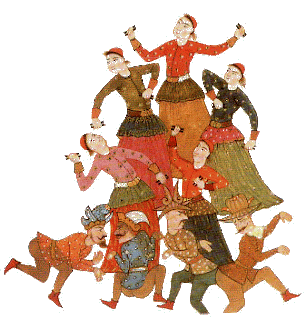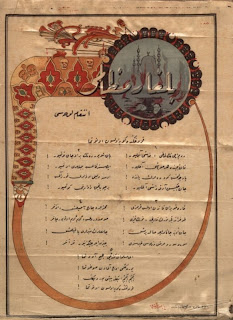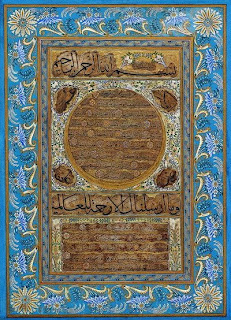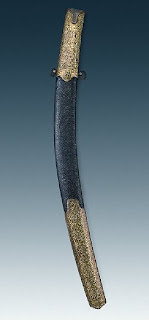Harem

People of the West have often attributed concepts like secrets, mysticism, hidden pleasures, treasures, etc to the East. As a matter of fact, this is one of the corner stones of the Orient . Harem is such one concept. It is somewhat sad that a place where young women are enslaved has attracted so much popularity. I have deliberately not used attention here, as very few criticized it and many secretly dreamed to be a part of it. Not much has changed now in the 21st century. If we do not see harems, it is most probably due to economic reasons and women are still treated as objects. On this anonymous oil on canvas of 18th century, we see a young maiden dressed in white, prepared for his master. Dimensions: 115x115 cm Estimated value: $ 200,000






















